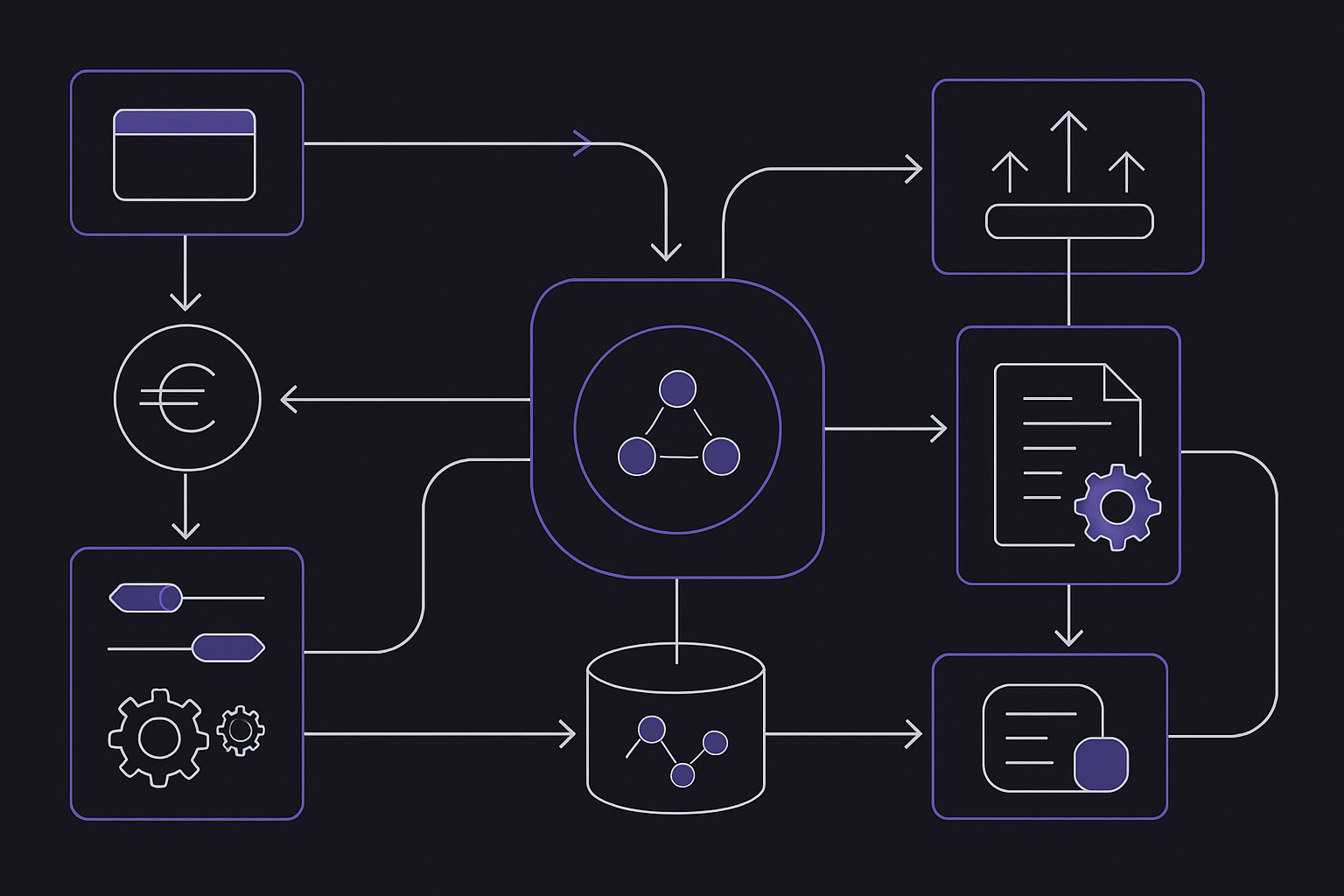Japan’s Big Three Banks Launch Yen-Pegged Stablecoin: What It Means for Corporate Payments and DeFi

Japan’s financial sector has entered a new era with the announcement that its three largest banks, Mitsubishi UFJ Financial Group (MUFG), Sumitomo Mitsui Financial Group (SMFG), and Mizuho Financial Group, will jointly issue a yen-pegged stablecoin. This initiative, leveraging MUFG’s Progmat platform, is poised to redefine the landscape for Japanese corporate payments and the broader DeFi ecosystem. The move signals a calculated response to the global dominance of USD-backed stablecoins, introducing a regulated, large-scale JPY alternative that reflects Japan’s distinctive regulatory and economic priorities.

Japan’s Banking Titans: Why a Yen-Pegged Stablecoin Now?
For years, Japan’s regulatory framework has been cautious yet forward-thinking regarding digital assets. The joint stablecoin project is not simply a technological upgrade; it’s a strategic play to modernize payments infrastructure and keep Japanese capital competitive in an increasingly tokenized world. The new yen stablecoin will operate on Progmat, a blockchain platform designed for regulated institutions, enabling interoperability across Ethereum, Polygon, Avalanche, and Cosmos. This is more than technical flexibility; it’s about future-proofing Japanese finance against both domestic inefficiencies and international competition.
Notably, Mitsubishi Corporation will be the first major corporate to use the stablecoin for internal settlements among global subsidiaries. This real-world deployment underscores that the banks’ ambitions extend beyond proof-of-concept: they are targeting immediate improvements in transaction efficiency and cost reduction for large enterprises. For more on how Japan’s regulated stablecoins are evolving, see our deep dive into JPYC’s launch and use cases.
Key Features: Progmat Platform and Cross-Chain Ambitions
The Progmat platform is at the heart of this initiative. Unlike most stablecoin projects, often limited to single chains or closed ecosystems, Progmat is built for interoperability and compliance from day one. Its architecture allows banks to issue tokens that can settle on multiple blockchains while still adhering to Japan’s rigorous financial regulations. This design choice is crucial for both institutional adoption and future DeFi integrations.
Progmat Platform: Key Features Powering Japan’s Stablecoin Initiative
-

Cross-Chain Interoperability: Progmat enables seamless issuance and transfer of yen-pegged stablecoins across major public blockchains, including Ethereum, Polygon, Avalanche, and Cosmos. This flexibility supports both DeFi integration and enterprise settlement use cases.
-
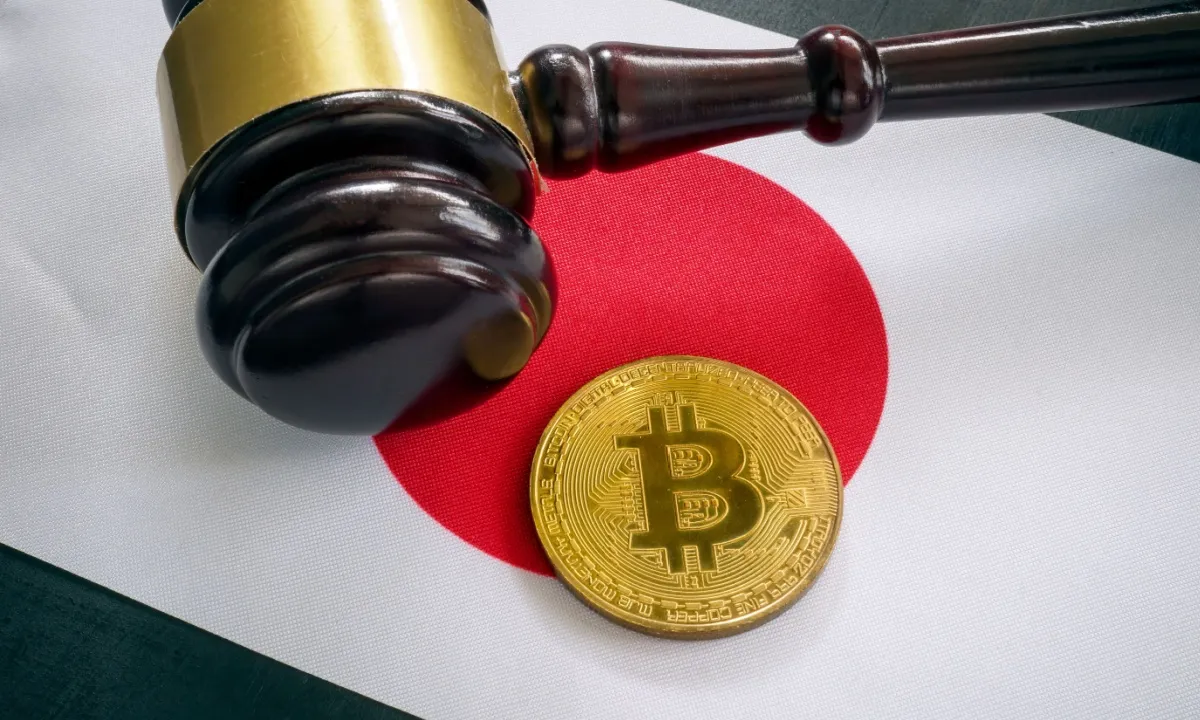
Robust Regulatory Compliance: Designed for Japan’s strict financial environment, Progmat ensures stablecoin issuance and transfers adhere to Japanese regulatory standards and banking oversight, fostering trust among institutional users.
-
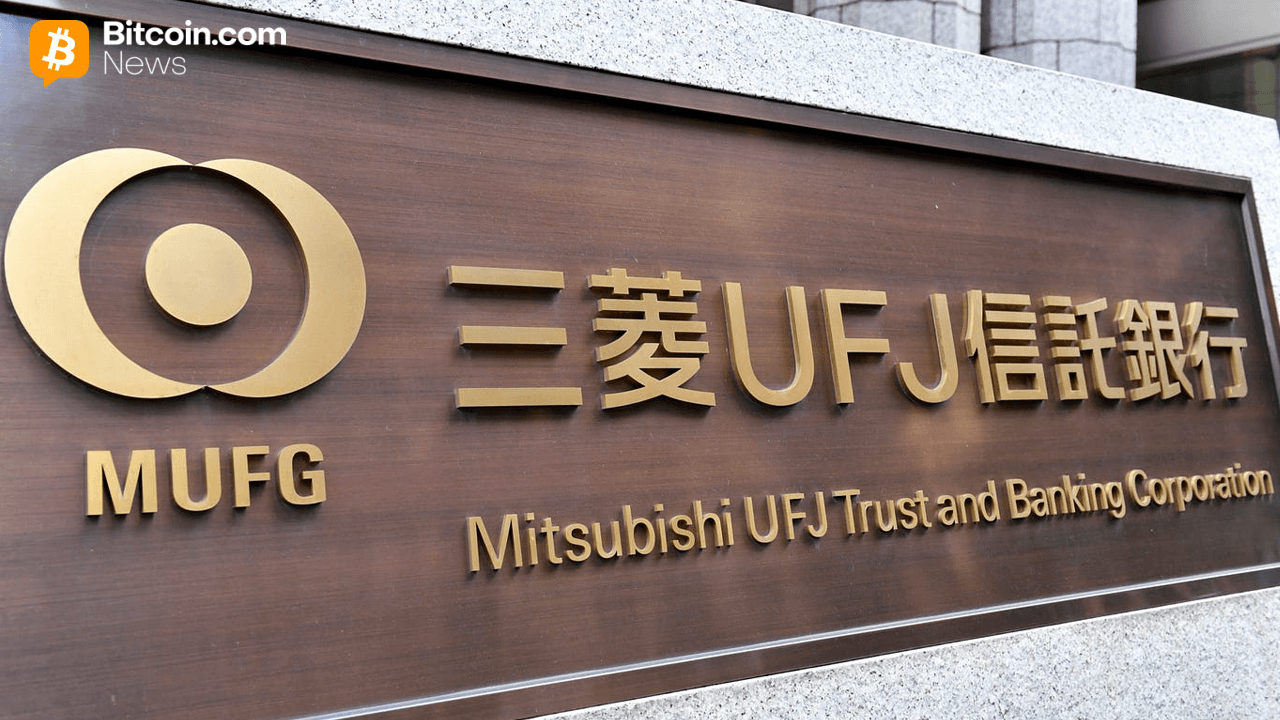
Enterprise-Grade Settlement Capabilities: Progmat supports high-volume, real-time settlements for corporate clients. Mitsubishi Corporation will be the first to use the stablecoin for internal settlements across its global subsidiaries, demonstrating the platform’s capacity for large-scale, cross-border transactions.
-

Unified Standard for Major Banks: The platform provides a standardized framework for MUFG, SMFG, and Mizuho to jointly issue, manage, and transfer stablecoins, streamlining interoperability and reducing operational friction between Japan’s largest banks.
-

Integration with Existing Financial Infrastructure: Progmat leverages systems like SWIFT messaging to bridge traditional banking processes with blockchain settlements, enabling banks to instruct on-chain transactions using familiar tools.
By utilizing SWIFT’s messaging rails for instructing blockchain settlements, the banks are also bridging legacy finance with digital assets in a way that minimizes operational friction for corporate clients. This hybrid approach could serve as a blueprint for other advanced economies seeking to digitize their own currencies without ceding control to unregulated actors.
Implications for Corporate Payments: Efficiency Meets Regulation
The immediate impact will be felt in corporate fund settlements, a sector often plagued by delays, high fees, and reconciliation headaches. With the yen-pegged stablecoin, Japanese corporates can expect near-instantaneous settlements across borders and subsidiaries. The banks’ unified standard eliminates fragmentation risk and ensures that large-scale transactions remain compliant with local laws.
This isn’t just theoretical. With over 1 trillion yen ($6.64B) earmarked for issuance over three years, the scale of the project rivals major USD stablecoins and signals intent to challenge USDT and USDC’s dominance in Asian markets. For investors and treasury managers, this means a new tool for diversification and risk management within the world’s third-largest economy.
Regulatory clarity is a cornerstone of this initiative. Japan’s Financial Services Agency has set a global benchmark with its stringent stablecoin guidelines, requiring full backing, transparent audits, and direct oversight by licensed financial institutions. This framework stands in stark contrast to the often fragmented or ambiguous approaches seen in other jurisdictions. For corporates, the assurance of compliance and regulatory support dramatically reduces counterparty and operational risk, a critical factor for treasury operations managing billions in daily flows.
For a deeper understanding of how Japan’s stablecoin system connects banks, merchants, and users on-chain, explore our analysis at this detailed guide.
DeFi Opportunities: A Yen On-Ramp to Global Liquidity
While the immediate focus is on corporate settlements, the long-term implications for decentralized finance (DeFi) are profound. By launching a fully regulated yen-pegged stablecoin with cross-chain capabilities, Japan’s banking giants are laying the groundwork for JPY-denominated liquidity pools, lending markets, and synthetic asset creation within global DeFi protocols. This could unlock new capital flows from Japanese institutions that have thus far remained cautious due to compliance concerns.
Yen-Pegged Stablecoin (JPY Stablecoin) Price Prediction 2026-2031
Professional forecast based on Japan’s Big Three Banks’ joint stablecoin initiative and current digital asset market trends.
| Year | Minimum Price (Bearish Scenario) | Average Price (Base Case) | Maximum Price (Bullish Scenario) | Estimated % Change (Avg YoY) | Key Market Insight |
|---|---|---|---|---|---|
| 2026 | $0.995 | $1.00 | $1.015 | +0.5% | Initial adoption phase, stable peg expected due to strong banking backing |
| 2027 | $0.994 | $1.00 | $1.020 | +0.0% | Expansion to more corporates; enhanced cross-chain integration |
| 2028 | $0.993 | $1.00 | $1.025 | +0.0% | Growing DeFi integration, possible increased volatility with new use cases |
| 2029 | $0.992 | $1.00 | $1.030 | +0.0% | Market maturity, wider retail adoption, strong regulatory oversight |
| 2030 | $0.991 | $1.00 | $1.035 | +0.0% | Potential competition from other Asian stablecoins, but yen peg remains robust |
| 2031 | $0.990 | $1.00 | $1.040 | +0.0% | Full integration into global payment networks, stable value with slight upside |
Price Prediction Summary
The JPY stablecoin is expected to maintain a tight peg to the Japanese yen, with minor deviations possible during periods of extreme market stress or rapid adoption in DeFi protocols. Strong backing by Japan’s largest banks and clear regulatory frameworks should limit price volatility, keeping the average price close to $1.00 over the forecast period. Upside in the maximum price reflects potential bullish scenarios such as mass adoption in DeFi and international settlements, while downside risks are limited by robust regulatory and institutional support.
Key Factors Affecting Yen-Pegged Stablecoin Price
- Institutional support from Japan’s top banks ensures high trust and liquidity.
- Regulatory clarity in Japan reduces risk of depegging or enforcement actions.
- Progmat platform’s interoperability with major blockchains enables cross-chain adoption.
- Growing corporate and DeFi use cases could increase demand and utility.
- Potential competition from other fiat-pegged stablecoins in Asia and global markets.
- Macroeconomic stability of the Japanese yen and central bank policies.
- Adoption by major Japanese corporates and possible expansion to retail use.
Disclaimer: Cryptocurrency price predictions are speculative and based on current market analysis.
Actual prices may vary significantly due to market volatility, regulatory changes, and other factors.
Always do your own research before making investment decisions.
Furthermore, the Progmat platform’s architecture enables composability with existing DeFi infrastructure on Ethereum, Polygon, Avalanche, and Cosmos. This means Japanese corporates, and eventually retail users, can access borderless financial services while remaining anchored to a familiar fiat value. The result: an expanded role for the yen in the digital asset economy, challenging the dollar’s near-monopoly in crypto collateral and settlement.
Risks and Competitive Landscape: A New Era or a Regulatory Walled Garden?
Despite its promise, this project faces real challenges. Chief among them: ensuring sufficient on-chain liquidity to compete with entrenched USD stablecoins. The success of the yen stablecoin will depend on adoption by both traditional corporates and innovative DeFi protocols. If liquidity remains siloed within a few banking partners or fails to attract global trading venues, its impact may be limited to domestic use cases.
There are also questions about interoperability with other yen stablecoins like JPYC and how these assets will coexist or compete. For a comparison of features, risks, and opportunities across Japan’s leading yen-pegged stablecoins, see our comprehensive breakdown.
Key Risks for Japan’s Yen Stablecoin Initiative
-
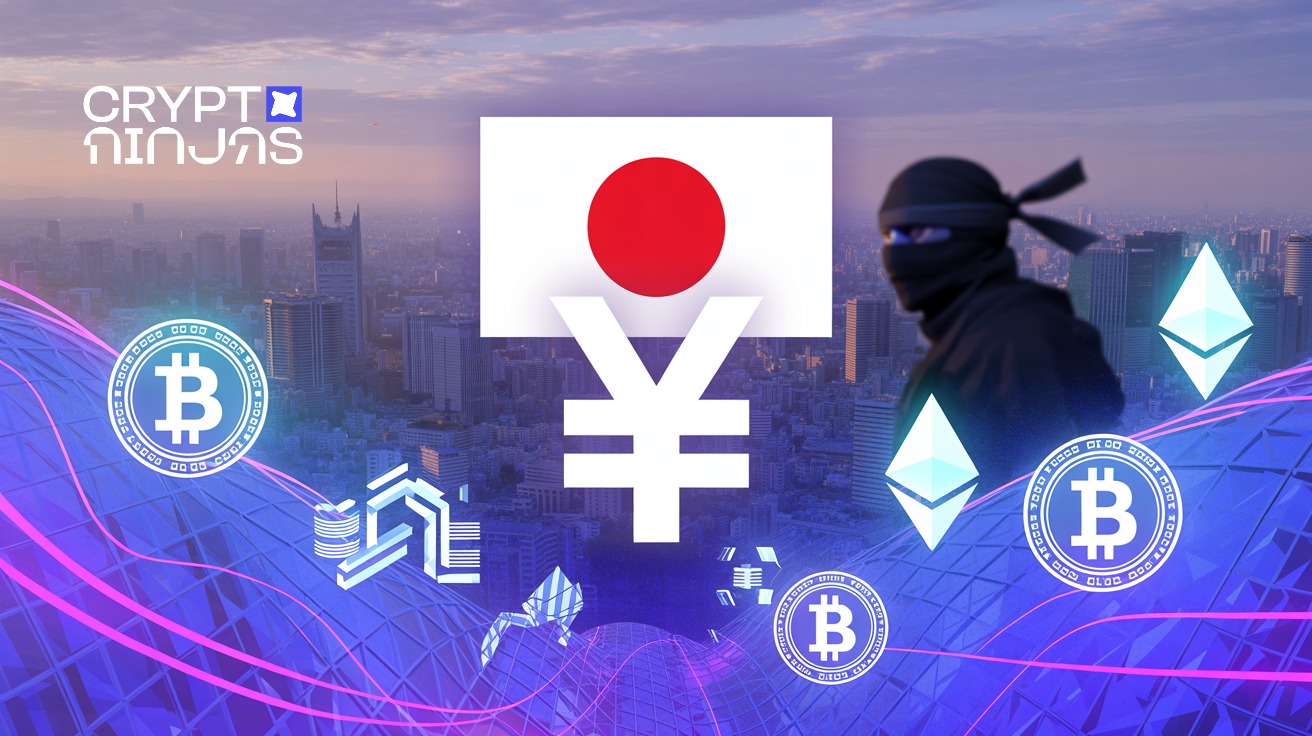
Liquidity Management Challenges: Ensuring sufficient liquidity for large-scale settlements is critical. If demand for the yen stablecoin outpaces reserves or on-chain liquidity, corporate payments could face bottlenecks, especially during volatile periods.
-

DeFi Integration Complexity: The yen stablecoin will operate across multiple blockchains (Ethereum, Polygon, Avalanche, Cosmos) via MUFG’s Progmat platform. Seamless interoperability and security across these networks remain unproven at scale, increasing smart contract and bridge risks.
-
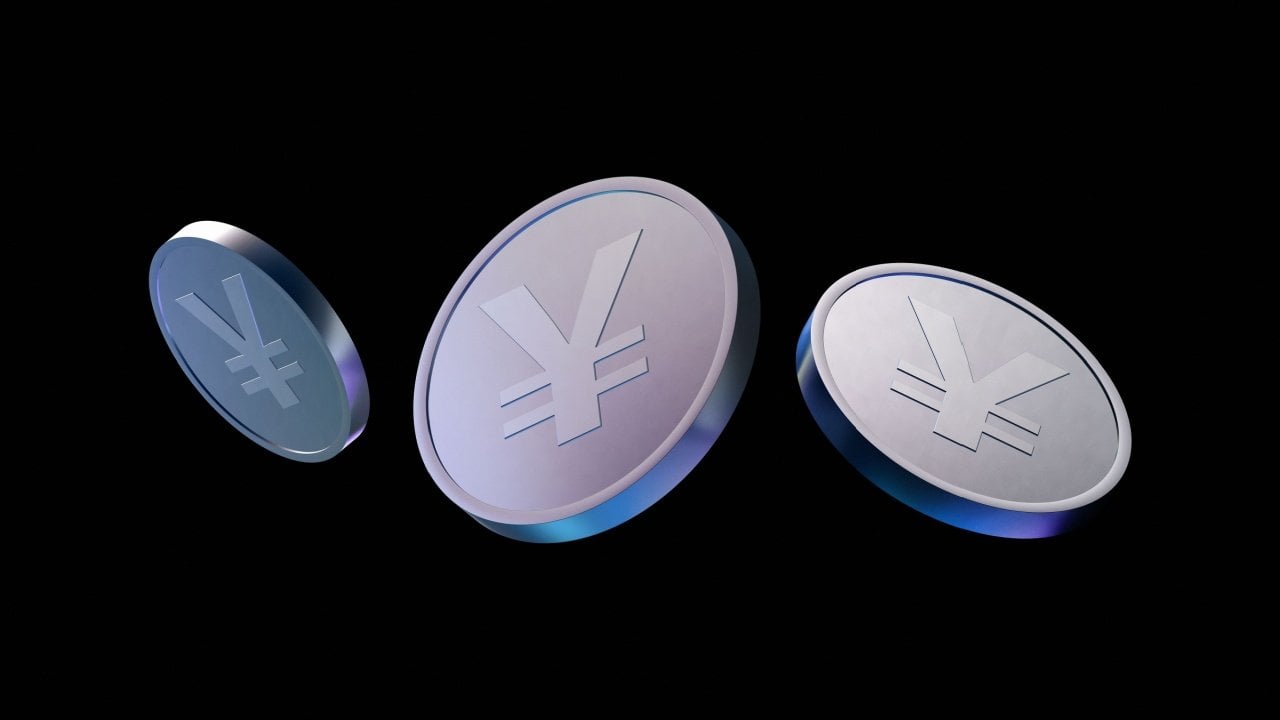
Regulatory Uncertainty: Japan’s Financial Services Agency (FSA) has strict stablecoin regulations, but global compliance—especially for cross-border use—remains complex. Any regulatory shift could impact issuance, redemption, or the stablecoin’s legal status.
-
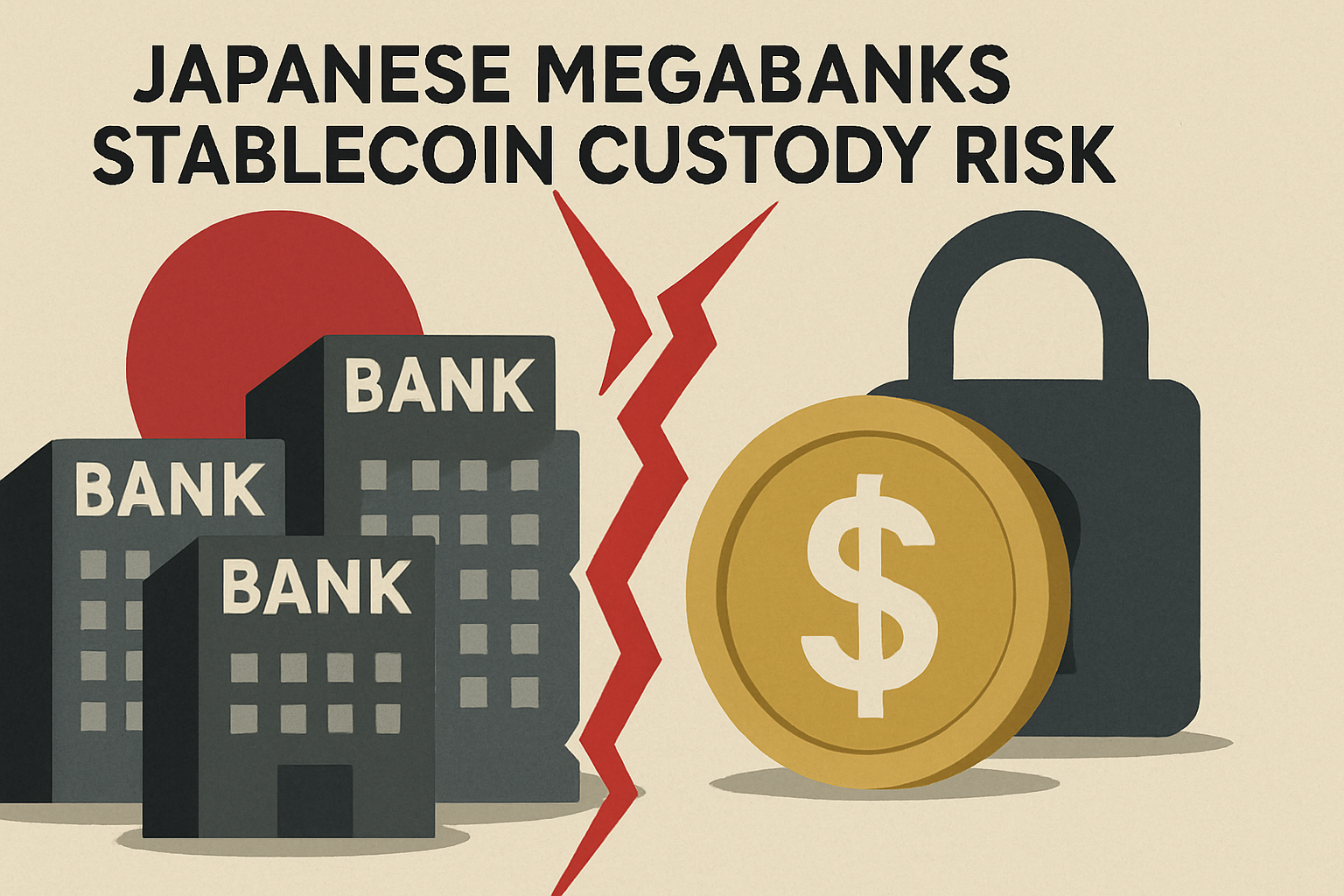
Counterparty and Custodial Risks: The stablecoin’s value depends on the solvency and operational integrity of MUFG, SMFG, and Mizuho. Centralized custody exposes users to risks from potential mismanagement or cyberattacks.
-
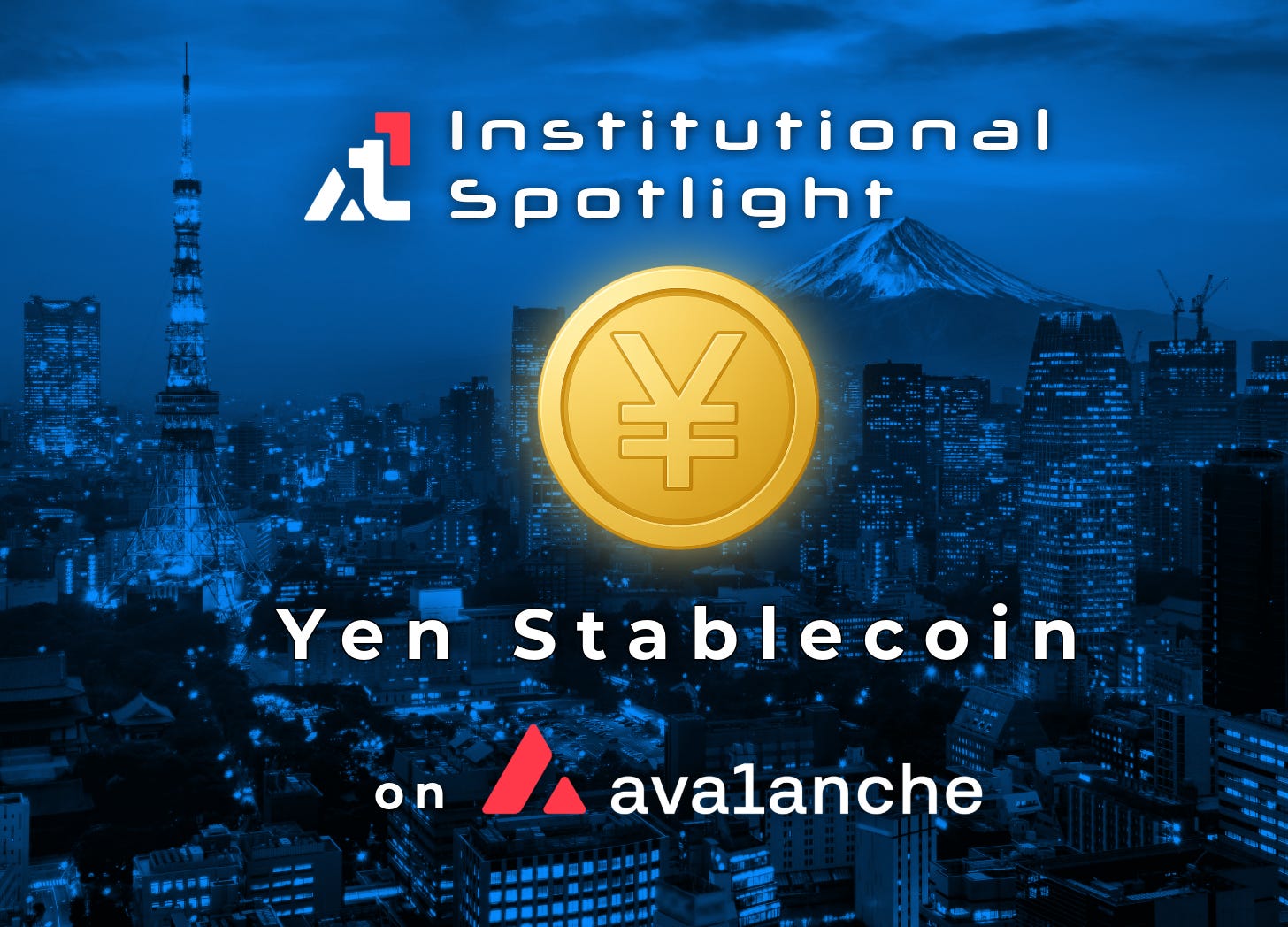
Adoption and Network Effects: Corporate uptake is led by Mitsubishi Corporation, but broader adoption by other firms and DeFi protocols is uncertain. Limited network effects could constrain utility and liquidity, reducing the stablecoin’s impact.
Nonetheless, Japan’s approach offers a compelling model for other advanced economies. By prioritizing compliance and institutional trust while embracing blockchain’s efficiency gains, this initiative may catalyze a broader shift toward non-USD stablecoins globally. The next 12 months will be pivotal as market participants assess whether Japan’s banking titans can translate their domestic dominance into global digital relevance.





